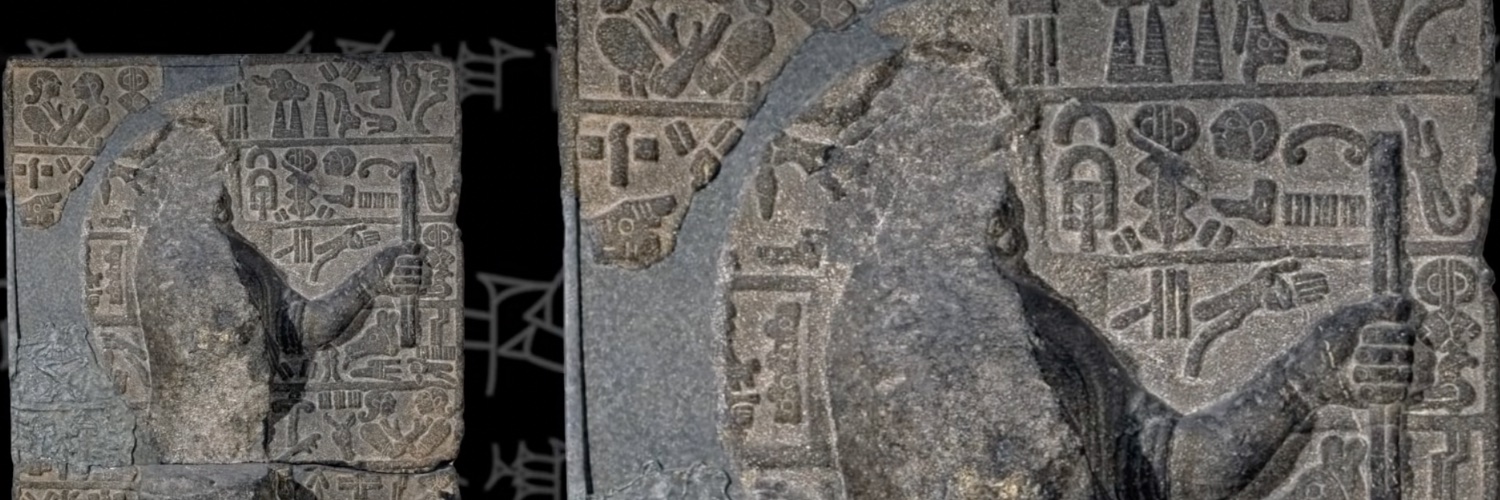
Proto-Indo-European Lexicon
@PIELexicon
Comparative PIE phoneme inventory an IE sound law system digitised. Reading some Hieroglyphic Luwian while introducing improvements on PIE. Tweets @JounaPyysalo
The official publishing version of Hawkins’ CHLI III (In collaboration with Mark Weeden & compiled by Junko Taniguchi) with can now be purchased from de Gruyter’s webstore: degruyter.com/document/doi/1…
Neo Hittite 5 Mina weight in the shape of a sleeping duck (Pera Museum)
Four-Generation Monument from the Late Hittite Period with Luwian Hieroglyphs: The İspeçkır Stele anatolianarchaeology.net/four-generatio…
Some texts mention breads made with hazelnuts, fruits, or fine white flour,” she explains. “We’ve been able to recreate similar flavors today, bringing the ancient Hittite kitchen back to life. - Dr. Valentina Orsi from Koç University’s Research Center for Anatolian Civilizations
Archaeologists Trace Hittite Culinary Culture at Uşaklı Höyük Excavations anatolianarchaeology.net/archaeologists…
The Hieroglyphic Luwian KARABURUN inscription as carved in the stone (and transmitted at this point), the text and drawing of Hawkins in CHLI X.18. It's about the building of a fortification in a nearby location by certain King Sipi and Governor Sipi, a subordinate of the former.
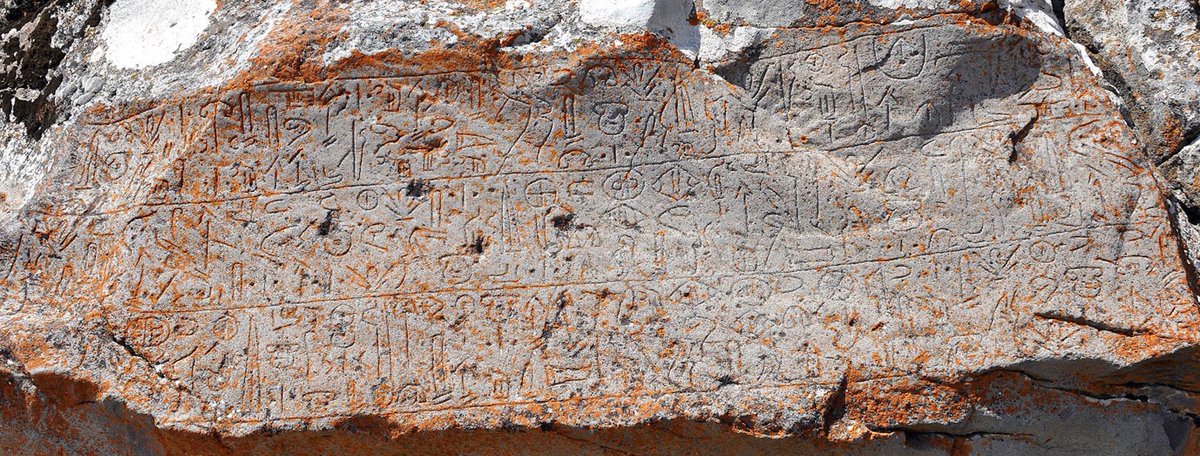
A stele of Indo European weather god Tarhunza was found amongst many of the neo hittite steles in the area. Digital copy is made by myself
The remnants of HINES in Gelb’s photo & Hawkins’ drawing (CHLI IX.5). It's a hieroglyphic Luwian HAMA inscription, but it's provenance in Iraq is problematic: the doubts of its authenticity could be overstated: A forger could have not carved the unique sign form in the 2nd line.
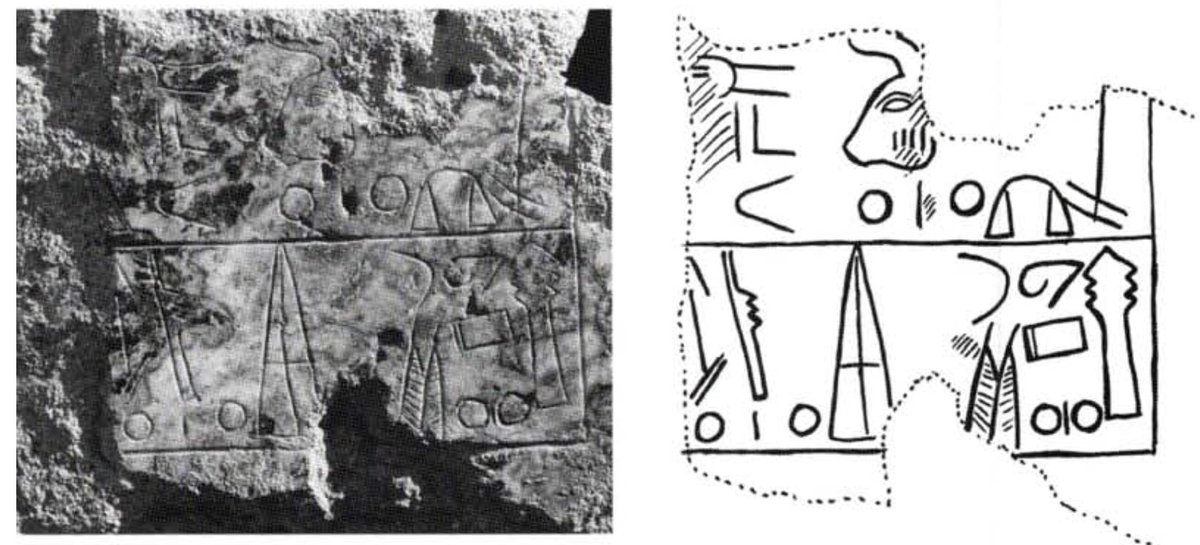
The team, led by Professor Rüstem Aslan of Çanakkale Onsekiz Mart University, has resumed full-scale excavations (...). Their focus this year is razor-sharp: the so-called “destruction layer” dating back to the Late Bronze Age – roughly 1200 BCE (...).
Troy’s Hidden Battlefield: Could the Fabled War Be More Than Just Myth? anatolianarchaeology.net/troys-hidden-b…
The Hieroglyphic Luwian MEHARDE inscription: It was authored by Taita, the Hero, King of Walasatini not too long after 1100 BCE, below in Hawkins’s drawing (CHLI IX.13):
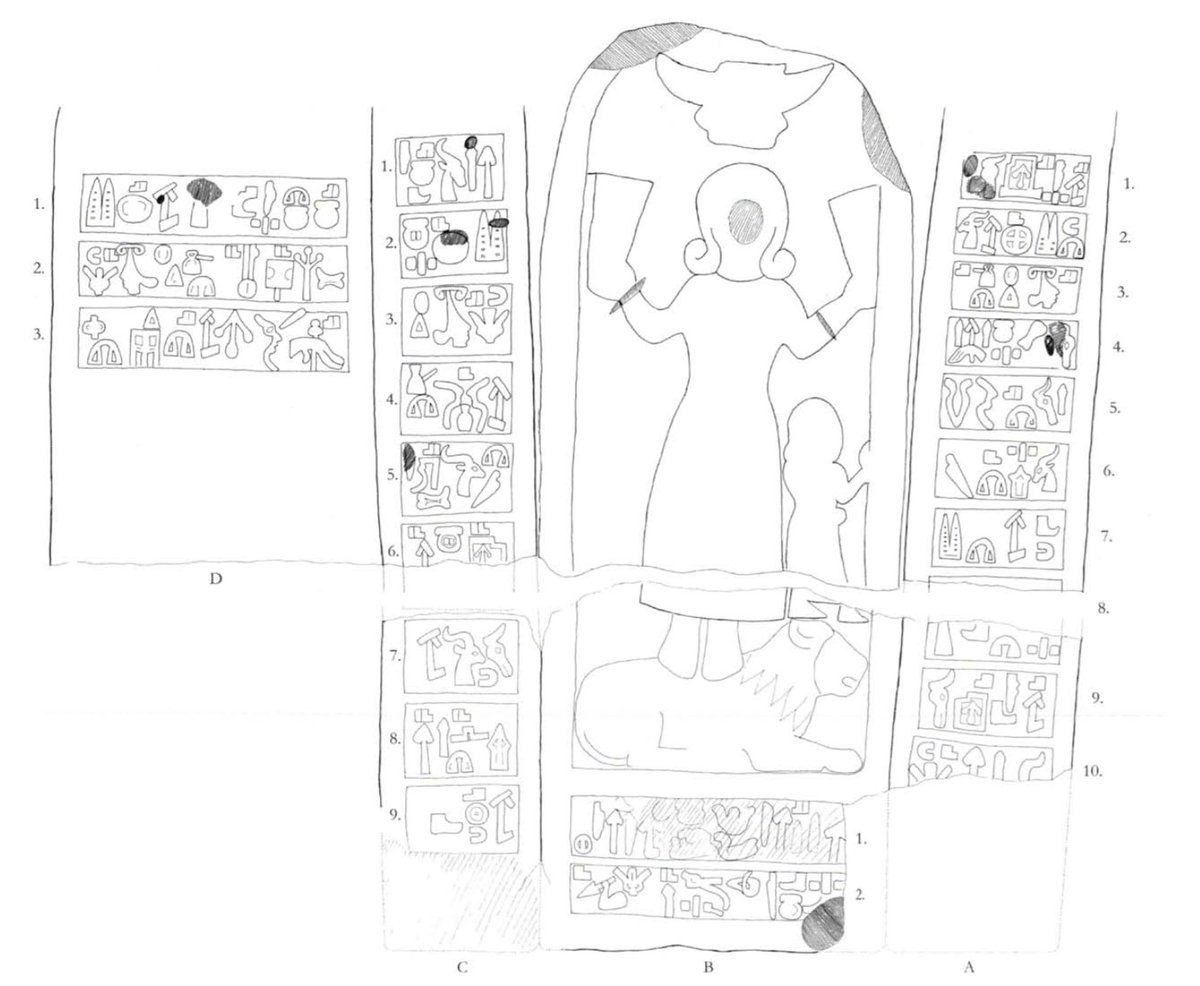
Some monuments continued to communicate with people even centuries after they were produced but they were understood in new and different ways. This is a plaster cast of the lower half of an 8th century CE colossal statue of king Panamuwa II of Sam'al.
Rare 3,500-Year-Old Hittite Sword Now on Display at Kastamonu Museum in Türkiye anatolianarchaeology.net/rare-3500-year…
A photo of the Hieroglyphic Luwian ANCOZ 9 inscription with the God List (photo by courtesy of the Hittitemonuments dot com)
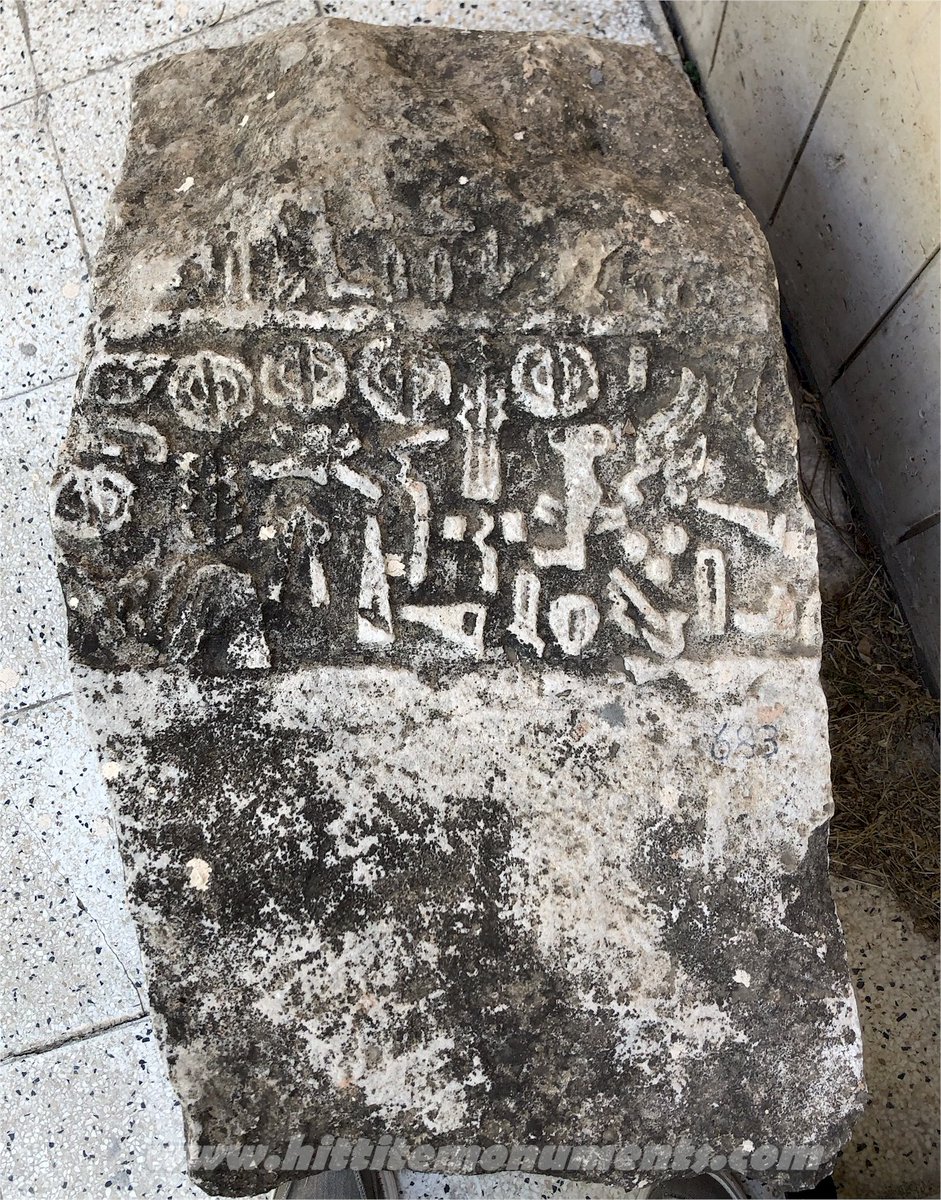
Archaeologists working at Yumuktepe Hoyuk in Mersin, Türkiye, have unearthed nearly 5,000-years-old food preparation and cooking area dating back to the Early Bronze Age, featuring a horseshoe-shaped hearth, a silo, and a fragment of a clay oven. turkiyetoday.com/culture/archae…
"In (...) West Anatolia, we see the first transitions to village life nearly 10,000 years ago. However, we also observe thousands of years of genetic continuity, which means that populations did not migrate or mix massively", explains Dilek Koptekin phys.org/news/2025-06-c…

Happy Midsummer Solstice! By design the sunlight falls on the relief of the king Tudhaliya IV in Hattusa’s YAZILIKAYA Chamber A in the afternoon of the summer solstice.
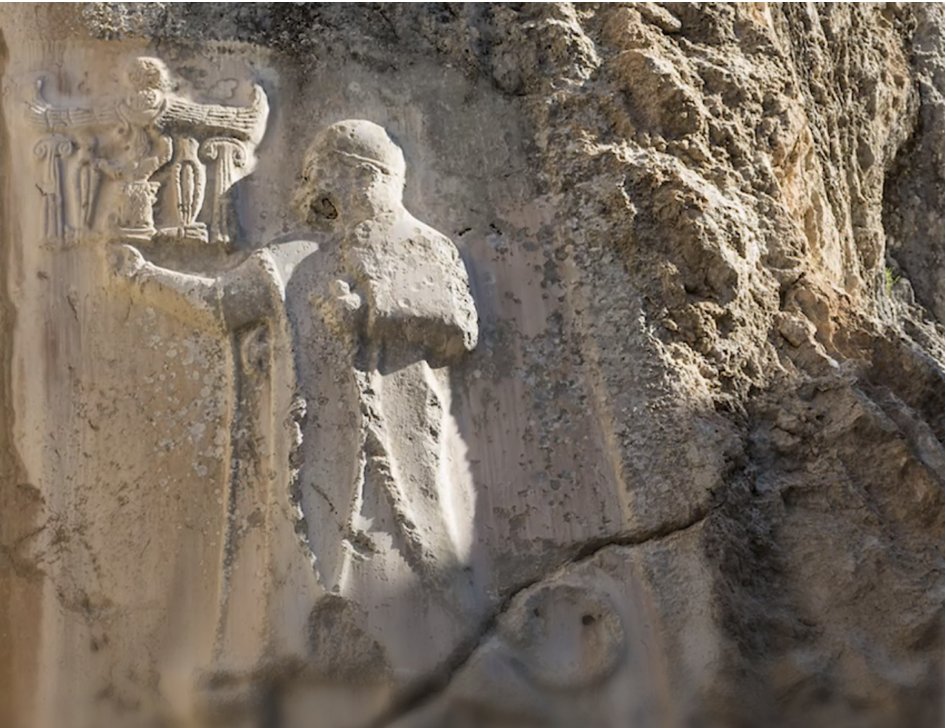
Kamani's brothers The front panel of the relief buttress is in the Museum of Anatolian Civilizations in Ankara. An old photograph shows it undamaged during the first excavations. ⤵️⤵️
A duck from from Tell Tayinat telling the weight:
"If she weighs the same as a duck..." Most of the weights we have been looking at this week have been quite small, but the duck weight here was made out of basalt and weighs 14 kg (or 30 pounds). It was clearly meant to weigh something far more substantial
Ancient Hittite Bronze Helmet Unearthed: A Rare Glimpse into the Warrior Culture of a Forgotten Empire arkeonews.net/ancient-hittit…
3300-Year-Old Hittite Bracelet Discovered by Farmer Now on Display at Çorum Museum ancientist.com/2025/05/30/330…
#A 5,000-year-old Bronze Age #Bread unearthed in central Turkey has been recreated using ancient grains, sparking renewed interest in drought-resistant crops and culinary heritage. phys.org/news/2025-05-a…